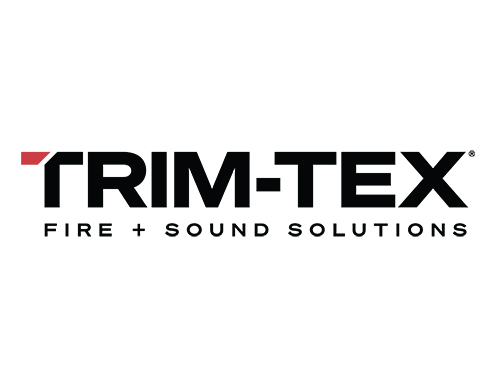A high-performance building enclosure, such as one clad with EIFS with Drainage, provides protection against the elements, contributes to energy efficiency, and is a means to protect the health and well-being of occupants.
This course will cover the performance and design benefits of modern EIFS with Drainage systems, explaining how they have evolved from the first EIFS barrier system into a single-source solution for exterior wall cladding that provides a number of benefits, including Continuous Insulation, compared to other cladding products. EIFS with Drainage also offers unparalleled design flexibility and adaptability.









